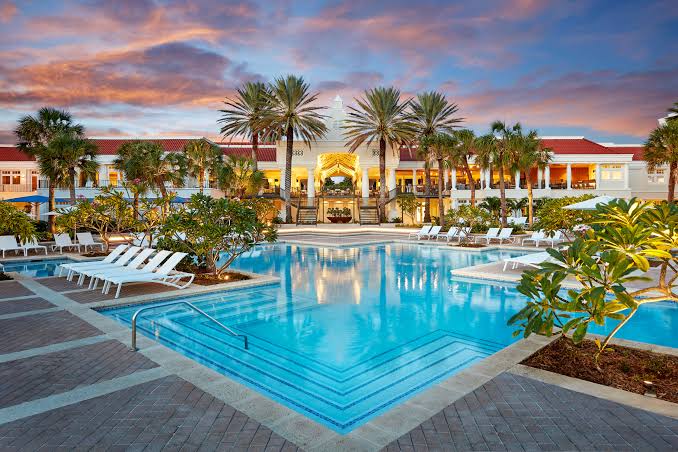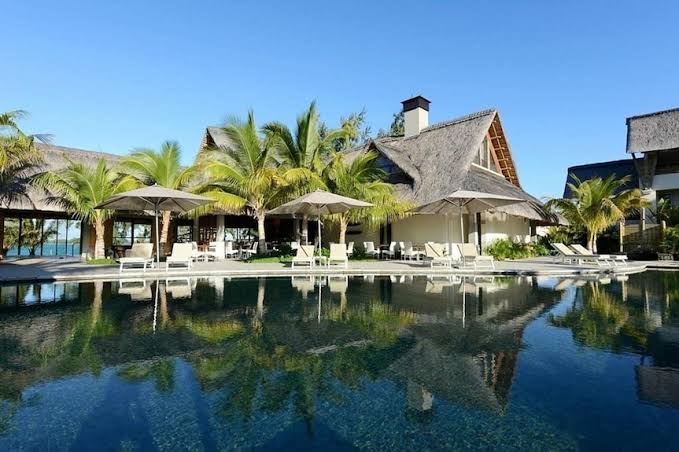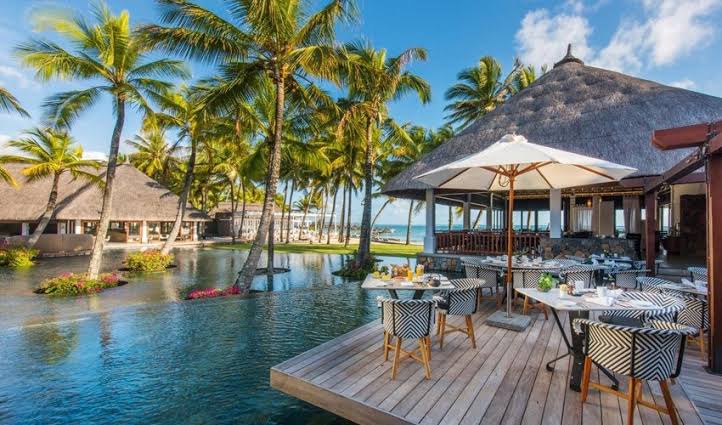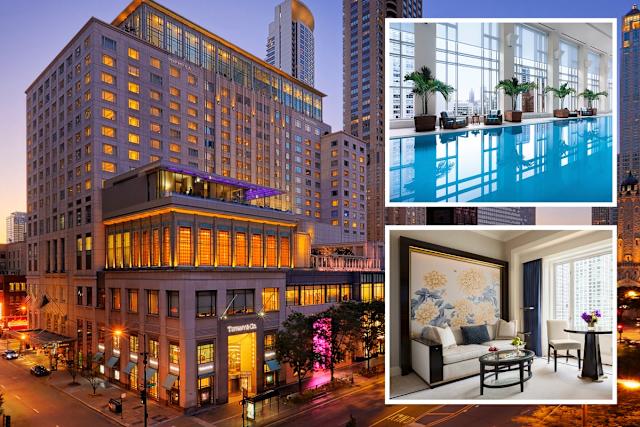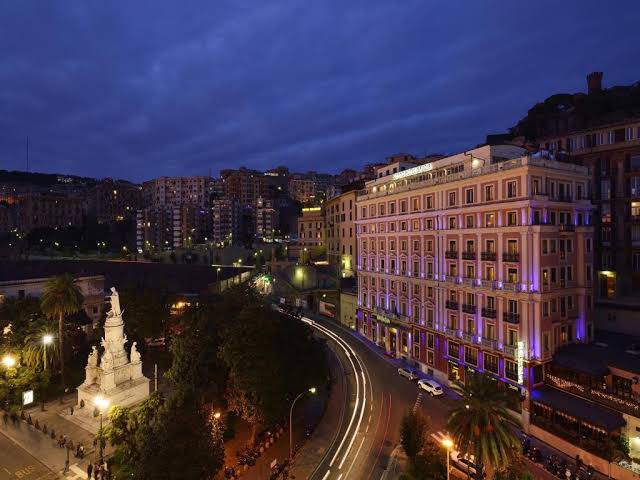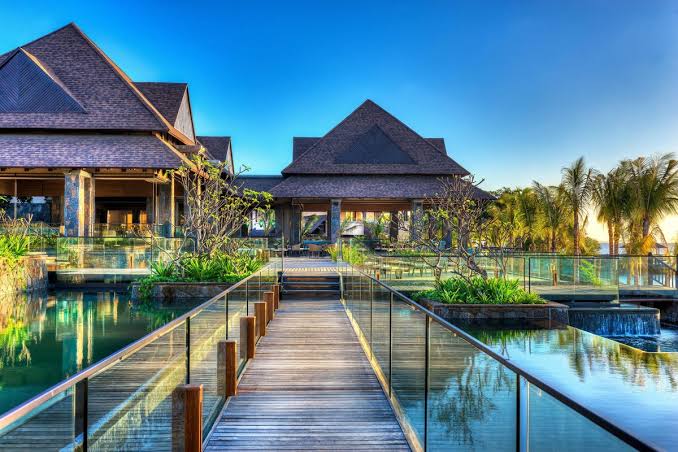A Caribbean Renaissance: The Tale of Curaçao Marriott Beach Resort’s Timeless Allure
Title: A Caribbean Renaissance: The Tale of Curaçao Marriott Beach Resort’s Timeless Allure
By: Savannah Merin
Nestled on the sun-drenched shores of Piscadera Bay, where aquamarine waves kiss white sands and trade winds whisper through palm fronds, the Curaçao Marriott Beach Resort stands not merely as a hotel but as a poetic blend of luxury, heritage, and island soul. Since its original inception in the late 1990s, this Caribbean jewel has weathered the test of time, transformed by visionaries, and reborn as one of the finest resort experiences in the southern Caribbean.
In 2009, the resort was already a well-loved sanctuary for global travelers. But behind its ocean-facing balconies and breezy lobbies, a quiet transformation was brewing — one that would propel the Marriott from a tropical vacation spot into a legacy destination of immersive beauty and vibrant local culture.
The 2009 Moment: More Than a Year, a Turning Point
To understand the modern incarnation of the resort is to revisit 2009, a defining year not only for Curaçao but for the global tourism industry. Economic uncertainty loomed worldwide. Caribbean destinations, which heavily relied on North American and European travelers, had to reimagine their offerings. The Marriott was no exception.
Under the guidance of a new general manager, Lisandro van Zuylen, a native Curaçaoan with an eye for design and a deep reverence for his homeland, the resort began a subtle but impactful transition.
“It wasn’t about changing what we were,” Lisandro explained in a 2024 interview reflecting on that period. “It was about remembering who we were — an island with centuries of culture, Afro-Caribbean pride, Dutch influence, and an indelible spirit.”
In 2009, the resort began partnering with local artisans, integrating Curaçao’s unmistakable style into every corner of the property — from the driftwood-and-coral sculptures in the lobby to the hand-painted tiles behind the bar, inspired by the colors of Willemstad’s historic waterfront.
The Setting: Nature’s Masterpiece Framed by Luxury
Located just ten minutes from the UNESCO World Heritage Site of Willemstad, the resort’s setting in Piscadera Bay is more than picturesque — it’s cinematic. The bay is protected by a natural reef barrier, giving guests access to calm, crystalline waters perfect for swimming, paddleboarding, and snorkeling.
Back in 2009, snorkeling off the resort’s private reef was already a coveted experience, but it was often under-promoted. Lisandro’s leadership changed that. Recognizing its ecological value, he worked with local marine biologists to create guided reef tours. Guests could now explore the coral ecosystems alongside passionate experts — a rare offering in commercial resorts at the time.
“We wanted guests to understand what they were seeing,” said one marine guide, Naima, who joined the program in 2009. “Every fish, every coral structure has a story, and we were finally telling those stories.”
By 2010, the reef program became a staple of the resort’s eco-tourism appeal, drawing marine enthusiasts from around the globe.
A Culinary Awakening: Farm to Island
Another hallmark of the resort’s evolution was its food. While the Curaçao Marriott had always offered above-average dining, 2009 marked a seismic shift in its culinary philosophy. Moving away from import-heavy menus that mirrored mainland America’s tastes, the resort began embracing a more authentic, locavore approach.
Chef Ernesto Medina, a rising culinary star of Dominican-Curaçaoan descent, was brought in to spearhead this movement. At 29, he was young, ambitious, and fiercely committed to his grandmother’s recipes and the island’s produce.
The resort’s restaurants — including Zala Gastro Lounge and Salú, its then-new beachfront fine-dining venue — were transformed. Goat stew slow-cooked in red wine, lionfish ceviche (part of a sustainable fishing initiative), and pumpkin fritters with tamarind glaze became favorites on the menu.
“It was about reclaiming our food identity,” Ernesto said in an early interview. “I wasn’t interested in serving New York steakhouse dishes. I wanted the world to taste Curaçao.”
Guests responded with fervor. Reviews from 2009 and 2010 began praising the authenticity of the meals, often equating them with experiences typically found only in local homes or village kitchens.
Cultural Immersion, Not Just Tourism
One of the resort’s defining features after 2009 was its cultural programming. What began as weekly music nights and dance shows expanded into full-scale cultural immersion.
Visitors could attend Papiamentu language workshops, drum circle classes with the island’s last few traditional tambú masters, and storytelling evenings under the stars with local historians recounting tales from Curaçao’s complex colonial past.
One of the most beloved additions was the “Sombra Sessions” — an open-air performance series held every Thursday evening in the courtyard garden. Beneath the cooling shade (“sombra”) of native divi-divi trees, musicians, poets, and performance artists gathered to share their work with a rotating audience of guests and locals.
“These weren’t just shows. They were bridges,” said Lianne Emerencia, an artist who first performed at the Marriott in late 2009. “Tourists stopped being outsiders. They became participants.”
A Staff That Made the Difference
Of course, any hotel can refurbish a suite or upgrade a pool deck. What truly elevated the Curaçao Marriott Beach Resort was its staff — many of whom had worked there since its original opening.
Even as the resort began attracting new management and design concepts, its core team remained. Housekeeping staff like Ms. Yvette, who joined in 1998, and bartender Jules, who became something of a legend for his “Blue Curaçao Sunrise” cocktail, gave the hotel its heartbeat.
By 2009, the resort’s training programs were redesigned to focus not just on service, but storytelling. Staff were encouraged to share their personal connections to the island, turning every interaction into an opportunity for authentic cultural exchange.
“When I poured a drink, I told a story,” Jules said. “That’s what makes a cocktail unforgettable.”
Design: Where Colonial Charm Met Modern Minimalism
In terms of aesthetics, 2009 marked the beginning of a gradual redesign that would culminate in a stunning renovation a decade later. But the seeds were planted then.
Gone were the generic beige tones of early-2000s hotel trends. Instead, the resort leaned into its Caribbean roots. Breezy canopies, reclaimed wood furniture, and color palettes inspired by the sea and sky transformed guest rooms and public spaces.
A subtle Dutch influence — a nod to Curaçao’s colonial past — was introduced in architectural details: pitched clay roofs, traditional shutters, and mosaic tiling. Yet everything felt warm, fresh, and distinctly local.
The goal? A space that felt like an extension of the island rather than a refuge from it.
Romance, Reimagined
Curaçao has always been a destination for lovers, but in 2009, the Marriott leaned heavily into becoming the island’s go-to wedding and honeymoon venue.
Beachfront wedding packages were redesigned to include local elements — think Papiamentu vows, steel pan processions, and handwoven floral arches. The resort also introduced honeymoon itineraries crafted with input from local artists, chefs, and musicians, ensuring that romance extended far beyond the confines of the suite.
“Couples didn’t just fall in love with each other,” said former wedding coordinator Maya de Boer. “They fell in love with the island.”
Legacy and Rebirth
In 2019, after a $40 million renovation, the resort reopened with modern flair — but its heart still beat with the same rhythm established a decade earlier. Much of the ethos introduced in 2009 remained. Locally-sourced dining. Cultural integration. Eco-conscious experiences. A staff that treated you like family. The spirit of Curaçao, alive in every detail.
Today, walking through the Curaçao Marriott Beach Resort is like stepping into a memory that’s still unfolding — where the echoes of tambú drums mix with the crash of waves, and every scent, taste, and smile invites you deeper into the soul of the island.
Reflections: Why 2009 Still Matters
Looking back, 2009 may not have seemed revolutionary at the time. But it was a year of groundwork — a quiet revolution guided by a team who believed that Curaçao could speak for itself, without filters or tourist gimmicks.
In many ways, the Marriott became the microphone.
“We didn’t just want to be a place to sleep,” Lisandro said in his parting address in 2020. “We wanted to be a place that woke people up — to beauty, to culture, to the sea, to each other.”

